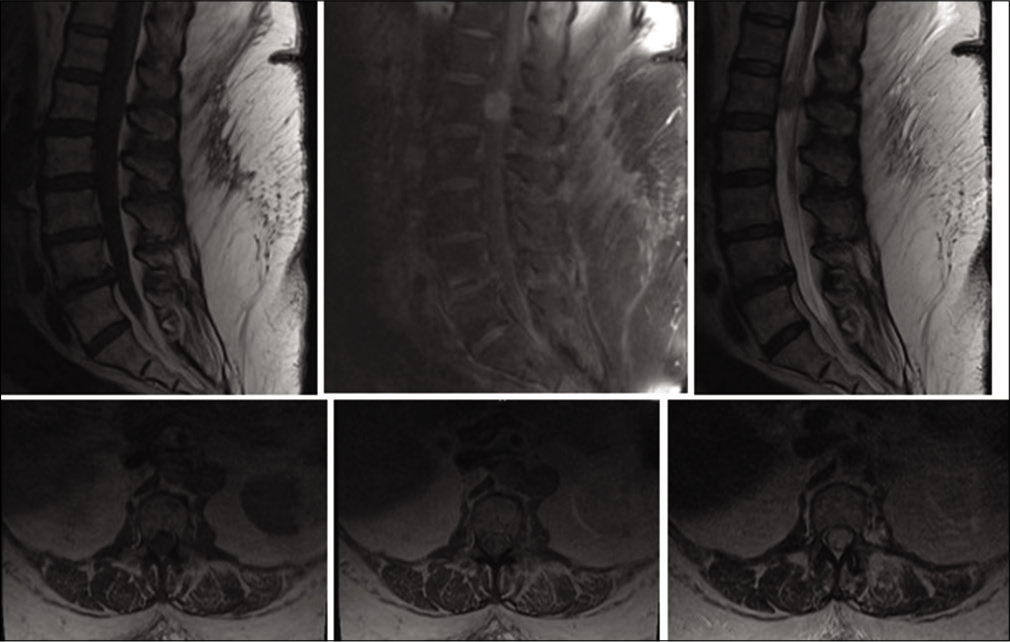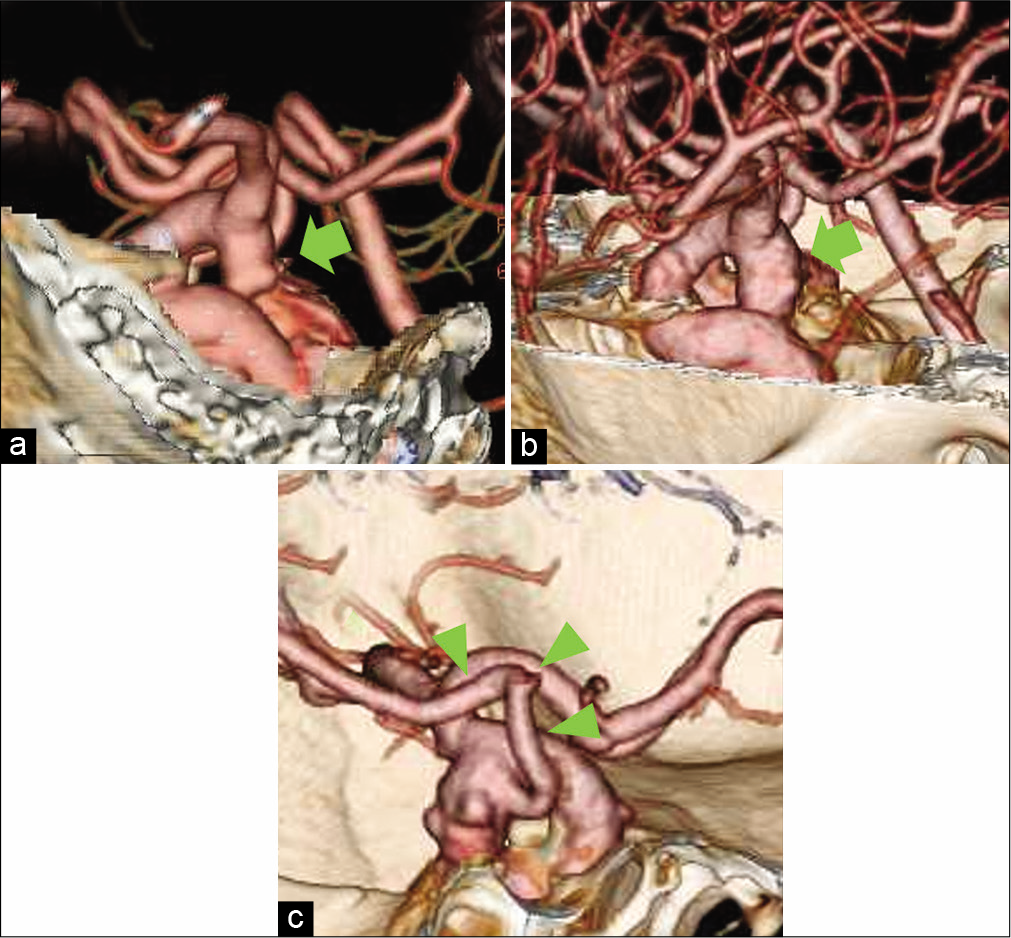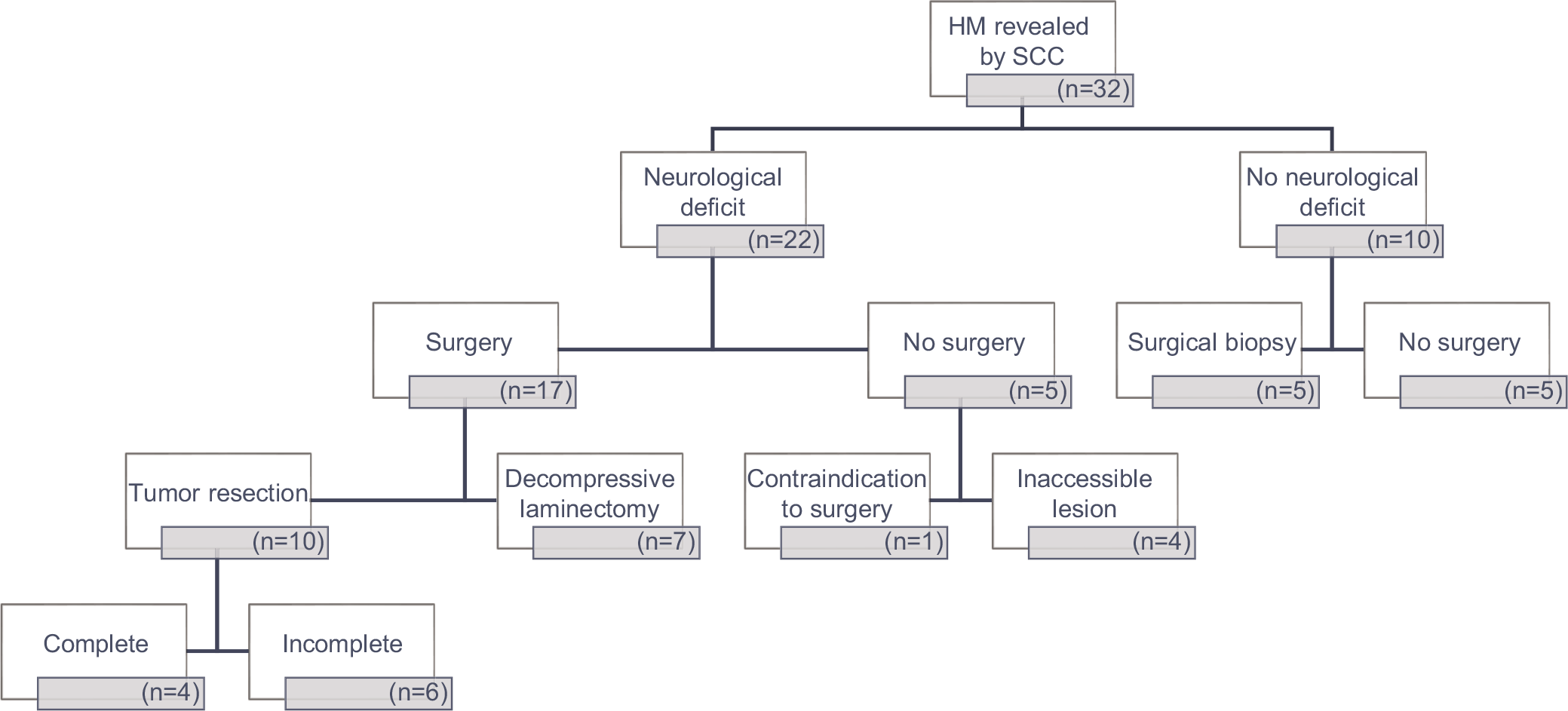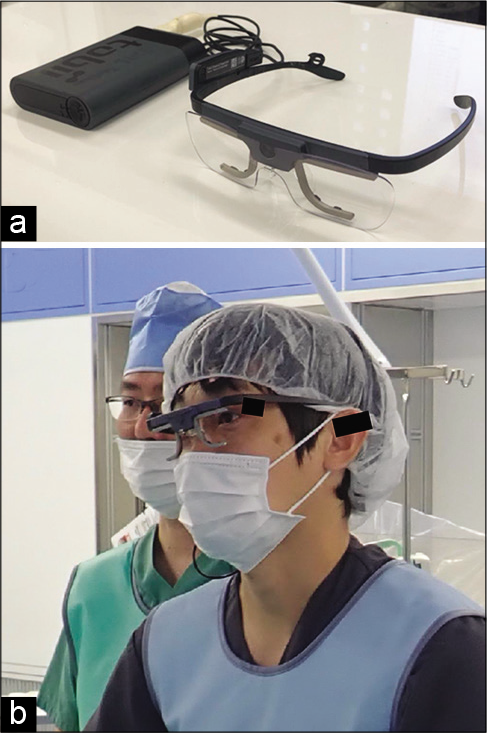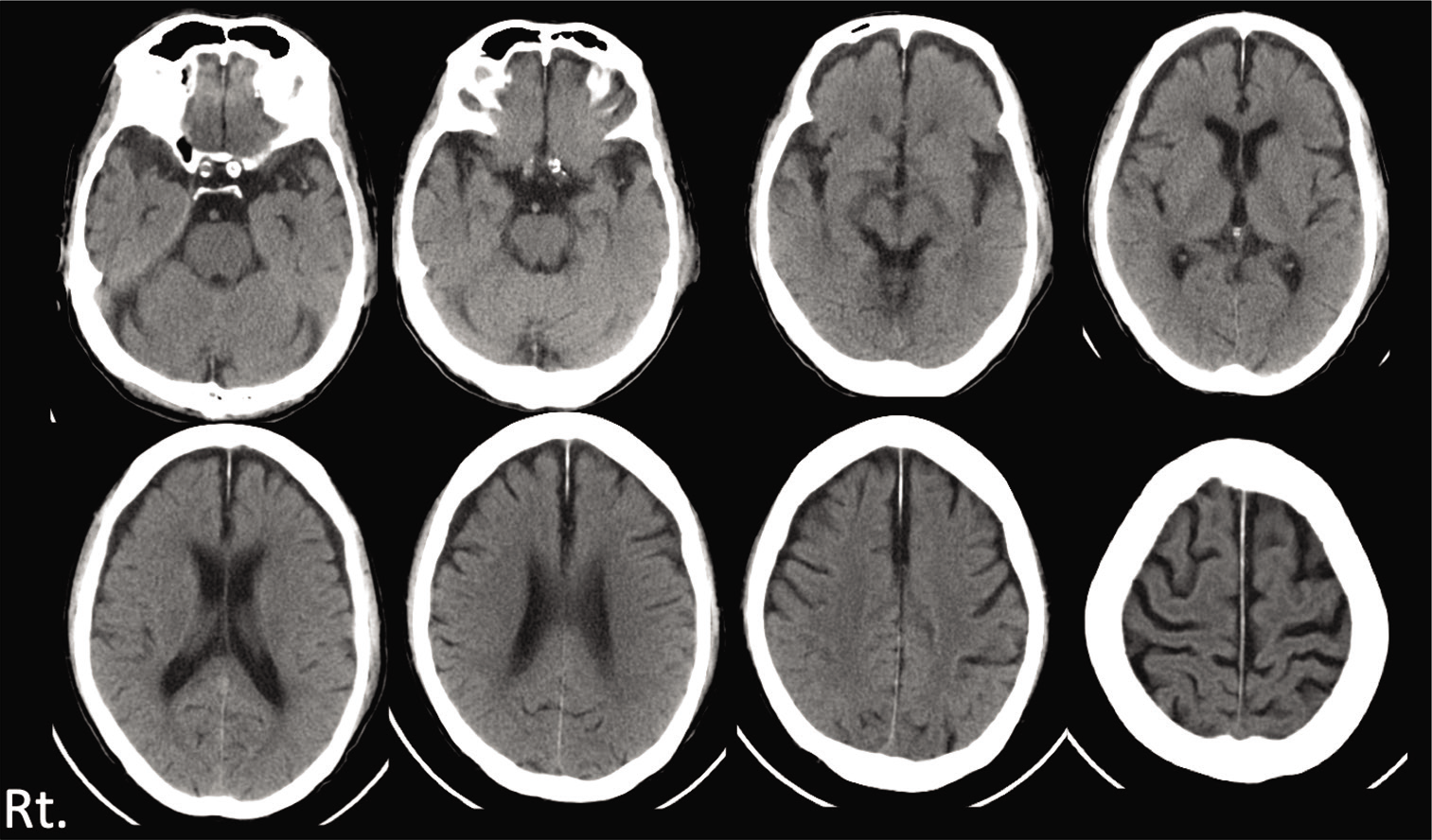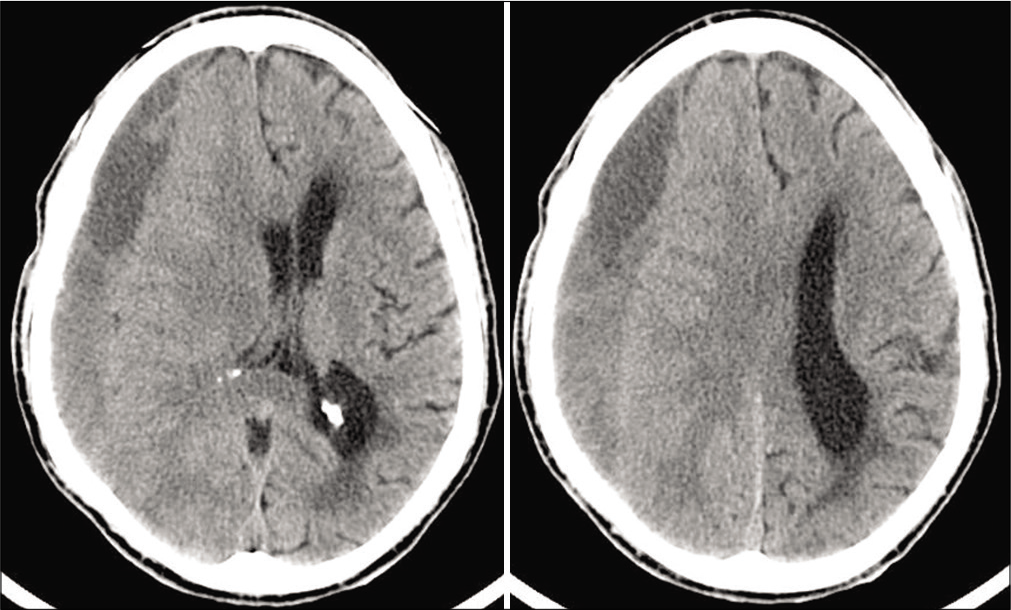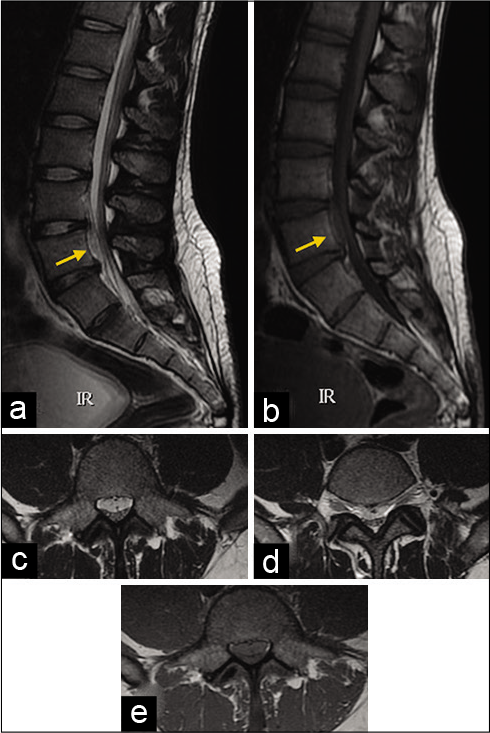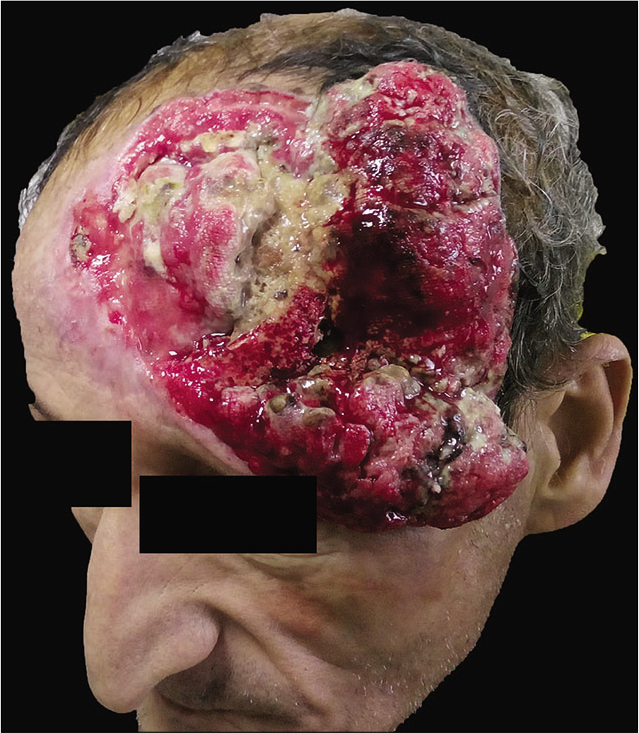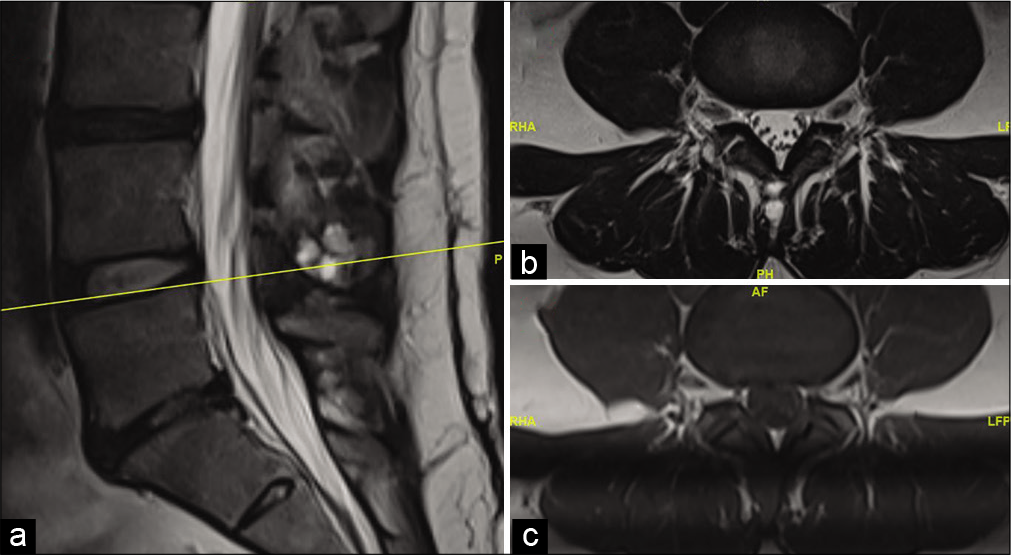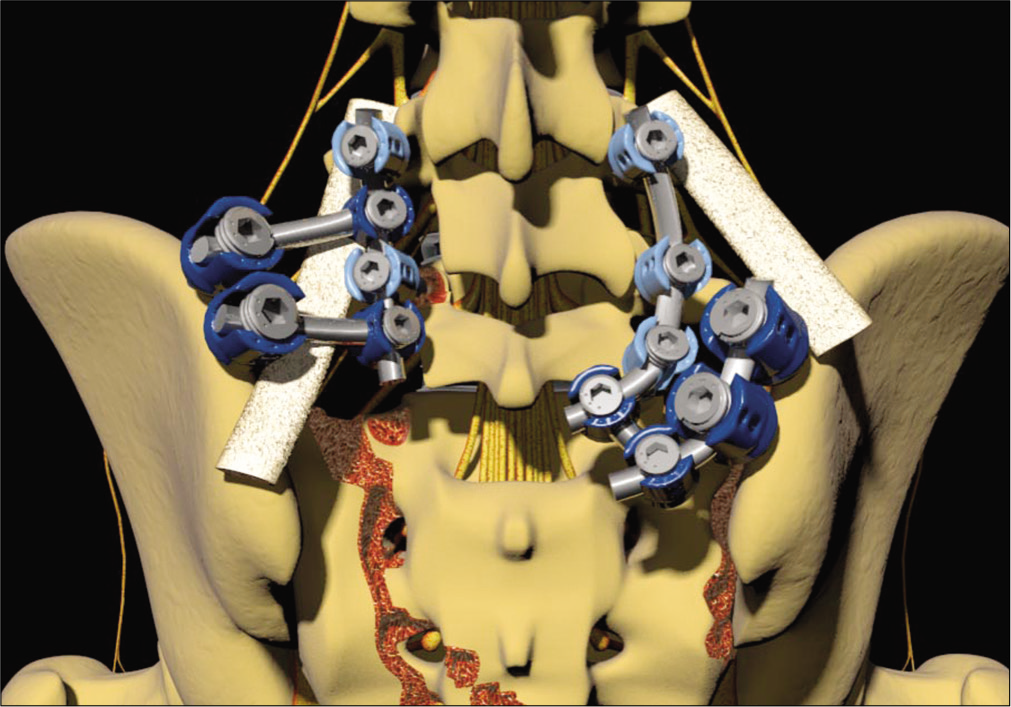Intradural extramedullary spinal metastases from uterine carcinosarcoma: A case report
Date of publication: 21-Oct-2020
Background: In recent years, improvements in oncological care have led to an increased incidence of intradural extramedullary spinal metastases (IESMs) attributed to uterine carcinosarcoma (UCS). When such lesions occur, they typically carry a poor prognosis. Here, we have evaluated newer treatments, management strategies, and outcomes for IESM due to UCS.
Unruptured internal carotid-posterior communicating artery aneurysm splitting the oculomotor nerve: A case report and literature review
Date of publication: 21-Oct-2020
Background: Although it is well known that internal carotid-posterior communicating artery (ICA-PcomA) aneurysms compress the oculomotor nerve and cause nerve palsy, cases of ICA-PcomA aneurysms splitting the oculomotor nerve are extremely rare.
Impact of local treatment on survival from hematological malignancies causing spinal cord compression
Date of publication: 21-Oct-2020
Background: Various hematological malignancies, including multiple myeloma, plasmacytoma, aggressive lymphoma, and indolent lymphoma, rarely result in spinal cord compression.
Preliminary study of eye tracking to investigate the differences in gaze behaviors depending on the experience of neuroendovascular therapy
Date of publication: 21-Oct-2020
Background: Neuroendovascular therapy is now the choice for the management of many neurovascular pathologies, and physicians with endovascular skills are in high demand. In addition to the traditional method of practicing hand movements to learn skills, a new strategy of practicing eye movements to learn skills is also attracting attention. This preliminary study explored the differences in gaze behavior depending on experience with endovascular procedures to be facilitated in future skill training in neuroendovascular therapy.
Delayed acute subdural hematoma treated with endoscopic procedure: A case report
Date of publication: 21-Oct-2020
Background: Delayed acute subdural hematoma (DASDH) is defined as late onset ASDH with the absence of any abnormal radiological and clinical findings at initial examination. Moreover, this entity is very rare in traumatic brain injury and its mechanism is still unclear. Recently, endoscopic surgery for ASDH has also been performed. In this case, we describe some considerations of the mechanism of DASDH and review previous literature and usefulness of endoscopic surgical procedure for ASDH.
Bedside single burr hole craniostomy drainage of chronic subdural hematoma in the emergency room: A useful option in resource challenged settings
Date of publication: 21-Oct-2020
Background: In resource challenged environments, the standard treatment of chronic subdural hematoma (CSDH) in the theater may be delayed because of the endemic financial constraint and logistic problems with consequent negative impact on the outcome. An emergency bedside burr hole craniostomy with a local anesthetic at the accident and emergency ward may be lifesaving in patients presenting in extreme neurological conditions in these settings.
Traumatic lumbar disc extrusion mimicking spinal epidural hematoma: Case report and literature review
Date of publication: 21-Oct-2020
Background: Because the neurological presentation of spinal epidural hematomas (SEH) is often not specific, they may be misdiagnosed as acute lumbar disk herniations. Here, we present a case in which a traumatic disc extrusion mimicked an epidural hematoma and reviewed the appropriate literature.
Management of a recurrence of a squamous cell carcinoma of the scalp with extension to the brain: A case report and literature review
Date of publication: 21-Oct-2020
Background: Squamous cell carcinoma (SCC) is the most common form of nonmelanoma skin cancer after basal cell carcinoma. Simple excision can be the treatment at early stages of diagnosis. However, at late stages, treatment is more complex due to extension to the skull and the dura. In extremely rare cases, it can invade the brain making it a challenging situation for treatment.
Image-guided resection of lumbar monostotic fibrous dysplasia: A case report and technical note
Date of publication: 21-Oct-2020
Background: Monostotic fibrous dysplasia rarely involves the lumbar spine. Although its optimal surgical management is unknown, some recommend complete resection to decrease the likelihood of future recurrence.
Reconstruction of Shattered Lumbo-Sacral Junction/Pelvis Utilizing Bilateral L4-Sacrum Fibula Strut Allograft And Double Iliac Screws Plus Routine Lumbar Pedicle Screw Fixation
Date of publication: 15-Oct-2020
Background: A traumatically shattered lumbosacral junction/pelvis may be difficult to repair. Here the authors offer a pelvic fixation technique utilizing routine pedicle screws, interbody lumbar fusions, bilateral iliac screws/ rods/crosslinks, and bilateral fibular strut allografts from the lumbar spine to the sacrum.


